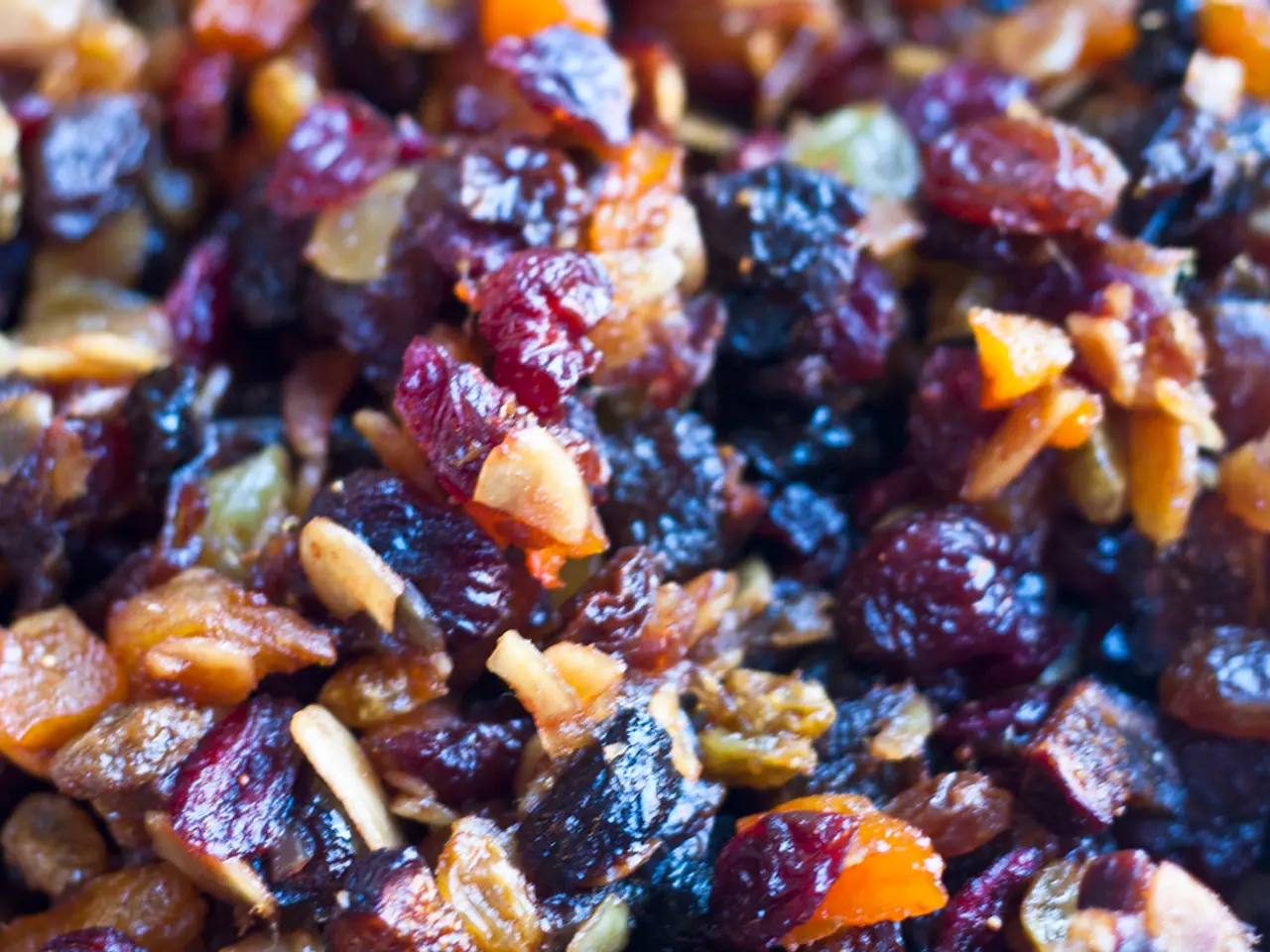Over half of the calories consumed by the average American citizen are attributed to Ultra-Processed Foods (UPFs), according to a new report by the Centers for Disease Control and Prevention (CDC).
The Centers for Disease Control and Prevention (CDC) has recently released a report revealing that over half of many Americans' total calories consumed come from ultra-processed foods (UPFs). This concerning statistic comes a few months after the release of the MAHA report, which called out UPFs and childhood obesity.
The NOVA classification system, a tool widely used in nutrition research and public health policy, categorises foods into four groups based on the extent and purpose of processing. UPFs, found in Group 4, are identified by their use of industrial ingredients and additives, advanced industrial processing technologies, and sophisticated packaging designed to produce highly palatable and convenient food products. Examples include soft drinks, packaged snacks, and ready-to-eat meals.
The NOVA system, developed by Brazilian researchers in 2009, has faced criticism for its binary classification approach, which can oversimplify the diversity within ultra-processed foods. However, efforts are underway to establish an updated system, most notably from Novo Nordisk Foundation and University of Copenhagen.
Researchers like Dr. Barry Popkin, a nutrition and obesity researcher, are involved in applying and adapting the system for public health and regulatory frameworks. The latest discussions focus on improving the system’s discriminatory power and integration with nutrient-based criteria.
According to the CDC's research, the percentage of calories from UPFs decreases with age: 54.4% for adults ages 19-39, 52.6% for adults 40-59, and 51.7% for adults 60 and older. Within the youth segment, children ages 6-11 consumed the highest percentage of UPFs (64.8% of calories), followed by youths 12-18 (63%).
Interestingly, UPF consumption was lower in respondents with the highest family income than those in lower income brackets. The research used data from the National Health and Nutrition Examination Survey, collected between August 2021 and August 2023.
Despite concerns about the vagueness of the NOVA classification system, the CDC's report uses the existing system's definition for UPFs. The report notes a decrease in UPF consumption among youth and adults between 2017-2018 and August 2021-August 2023, and a decrease among adults from 2013-2014 to August 2021-August 2023.
Savory snacks, pizza, sweetened beverages, mass-produced breads, rolls, and tortillas are among the UPFs mentioned in the research. The report defines UPFs as industrial formulations of processed foods that typically contain unnatural additives, such as colorings or emulsifiers.
In summary, the CDC's report underscores the prevalence of UPFs in American diets and the need for continued efforts to reduce their consumption. The NOVA classification system, while controversial due to its vagueness, remains a useful tool in understanding the extent of UPF consumption and its impact on public health.
- Science and public health policy often intertwine, as seen in the use of the NOVA classification system, a tool that categorizes foods based on their processing levels, to address the issue of ultra-processed food (UPF) consumption in America.
- The Centers for Disease Control and Prevention's (CDC) recent report on UPFs revealed that the percentage of calories from these foods decreases with age, with children ages 6-11 consuming the highest percentage.
- Lifestyle choices, such as cooking and food and drink selection, play a significant role in UPF consumption, with examples of UPFs including sweetened beverages, mass-produced breads, rolls, and tortillas.
- In health-and-wellness discussions, nutrition and fitness-and-exercise experts emphasize the importance of a balanced diet with minimal UPFs, as these foods are often high in additives and low in essential nutrients, contributing to concerns over long-term health implications.




